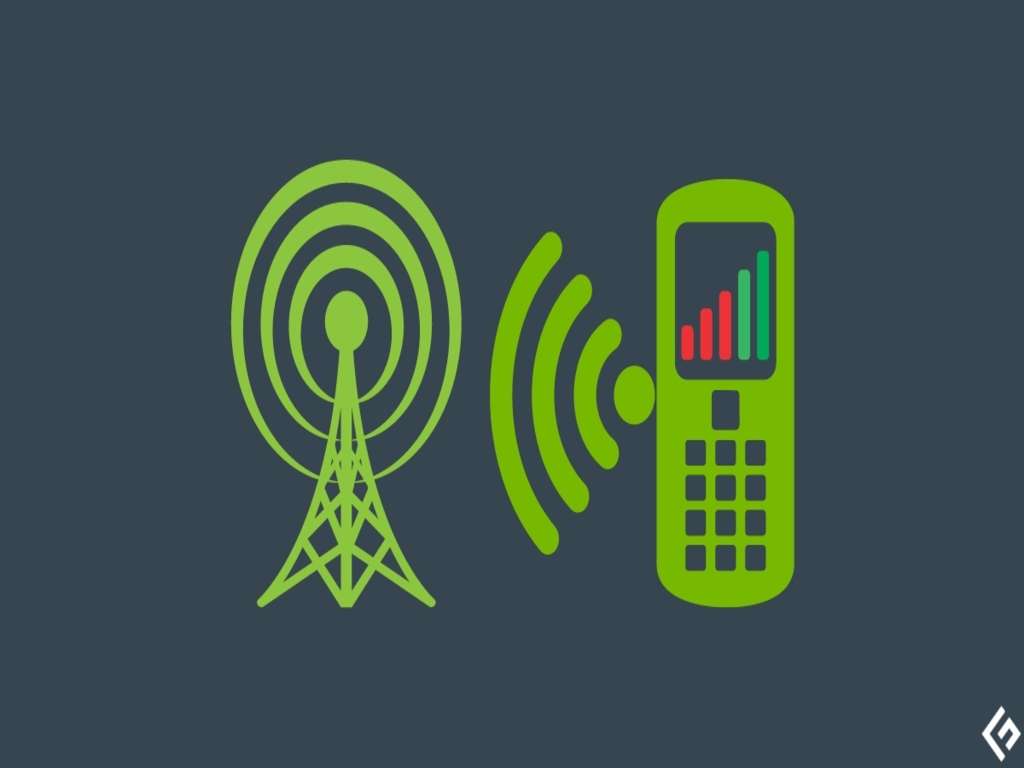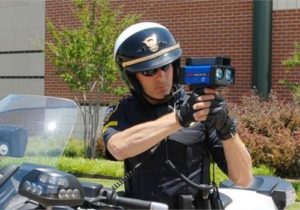Radar & Laser Jammers: Legality Explained – What's Allowed?

The two primary methods used by law enforcement to determine your speed and issue tickets are radar and laser. While radar and laser operate differently, they share a common goal: to catch speeders and issue costly tickets.
- Radar for Law Enforcement
- Laser Radar: The Future of Policing with LIDAR Technology
- Boost Signal Jammer Efficiency!
Radar for Law Enforcement

Police radar operates on various frequencies, known as radar bands, each with its unique characteristics. In North America, three primary radar bands are utilized by law enforcement. The first is the venerable X-band, operating at around 10.525 GHz. Although it’s not as widely used across the country, X-band radar is still in service in states like New Jersey and Ohio, making it a factor to be aware of.
The second band is K-band, scanning at approximately 24.125 GHz. K-band is the most prevalent radar band, not only employed by police but also found in various other applications. Automatic doors, security systems, and even vehicles equipped with collision avoidance and lane departure warning systems emit K-band signals. This widespread usage underscores the importance of being vigilant and prepared for K-band detections.
The third and perhaps most exclusive band used by police is Ka-band. Operating within the frequency range of 33.4-36.0 GHz, Ka-band is primarily utilized by law enforcement for speed measurements. Therefore, if you’re equipped with a radar detector and it alerts you to a Ka-band signal, it’s crucial to immediately check your speed to avoid attracting unwanted attention.
Laser Radar: The Future of Policing with LIDAR Technology

Trained to target vehicles from a stationary position at distances ranging from 800 to 1,200 feet, po li c e laser offers a precise method of speed detection. Unlike radar, which can often be detected in advance, laser technology pinpoints a specific vehicle, providing no advance warning. If you’re caught in the sights of a po li c e laser gun, it means the officer is specifically aiming to obtain a speed reading from your vehicle.
Despite its unmatched accuracy, the police laser gun does have its challenges and limitations. Officers must remain stationary while aiming the laser, which can be a hindrance in certain scenarios. Additionally, weather conditions and environmental factors can significantly impact the device’s performance. Bright sunlight reflecting off a vehicle’s license plate or headlights, nighttime visibility issues, and even adverse weather can reduce the laser’s range and accuracy.
Unlike police radar, which often allows for early detection and warning, the laser gun offers no such advantage. This makes it crucial for motorists to be proactive in protecting themselves from potential speeding tickets. One effective defense against the police laser gun is the installation of professional-grade laser jammers on your vehicle.
Laser jammers are designed to interfere with the laser beam, providing you with valuable time to reduce your speed and avoid a costly ticket. By investing in these advanced devices, you can ensure that you are prepared for any encounter with the police laser gun.
Boost Signal Jammer Efficiency!
Equipped with a state-of-the-art radar detector and laser jammers, this system is your ticket to staying safe and compliant on the road. The radar detector alerts you to the presence of radar threats, giving you ample time to adjust your speed and avoid drawing the attention of law enforcement.
But that’s not all. Because police lasers are pinpoint accurate, we’ve included laser jammers to provide an extra layer of protection. These jammers effectively block the laser signal, preventing it from reaching its intended target – your vehicle.








